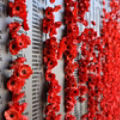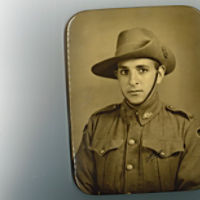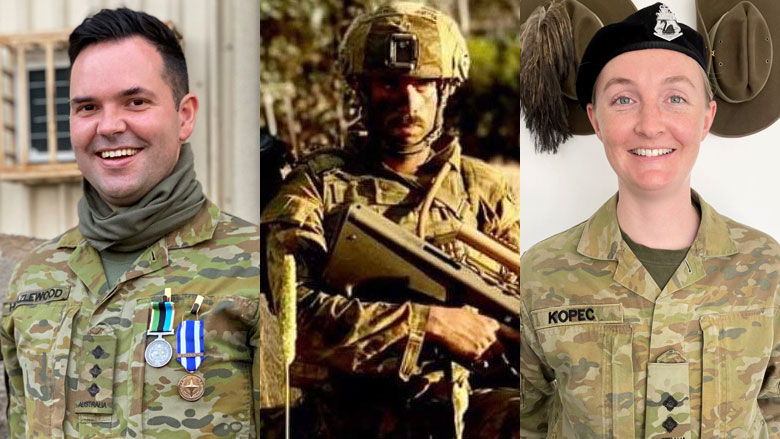Typical of that gratitude were the messages from individual staffers posted overseas that appeared in CBA’s then internal magazine Bank Notes, a quarterly publication that was published throughout the war years, never missing a “news” beat.
Just a few weeks away from Anzac Day, Adelaide branch staffer J. W. McAloney, serving in India with the Royal Australian Air Force as a Flying Officer as part of 159 Squadron of the Royal Air Force, extolled the virtues of the Christmas hamper he had received from the bank.
Its contents were “very welcome” he wrote in his letter to Bank Notes. “The camp food becomes very boring so, as you can imagine, the hamper didn’t last very long. Would you please thank those who were responsible for the parcel for me and assure them it received very prompt and rapid attention.”
An Adelaide colleague, J.N. Walker, an Able-Bodied Seaman in the Royal Australian Navy, was equally effusive. He had received a “swell” – pun probably not intended – parcel recently, packed with comforts “or should I say delicacies” which showed careful thought.
The contents had been consumed with relish he wrote. “Being remembered by the ‘folks at home’ in such a practical way bucks us up no end and I want you to know that we certainly appreciate it.”
Throughout the war regular despatches from London branch, then the largest overseas office of CBA, had underscored the dangerous conditions the staff there had endured to keep the bank’s important work in the UK going. As a result, money was raised constantly to maintain a supply of what was by then considered luxuries to supplement their meagre British diets.
Food parcels had recently been despatched from Perth, Brisbane and Melbourne offices on behalf of all Australian staff with “warmest thanks” received from London by way of reply.
We can only imagine now the look on the faces of the team working and living in the heavily bombed British capital as “tea, sugar, jam, milk, powder, tongues, barley sugar, chocolate, beef extract, cheese, dried fruits, peanut butter, tinned fruit and cocoa malt” emerged from the parcels over the course of the war, especially as it dragged on into 1945.





